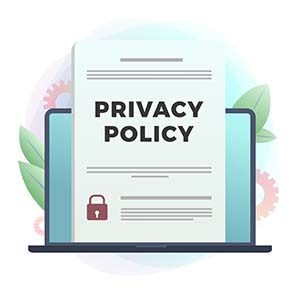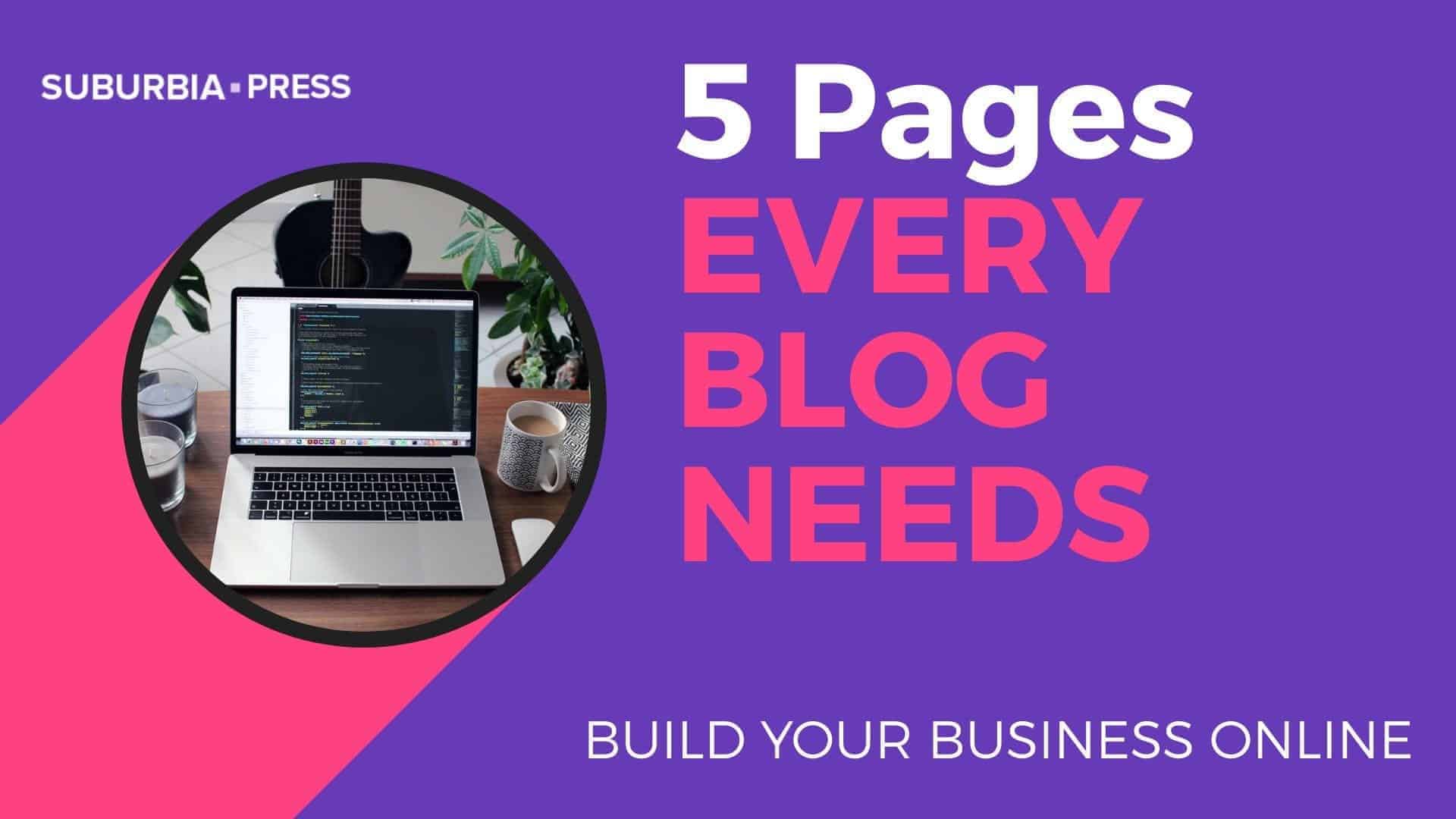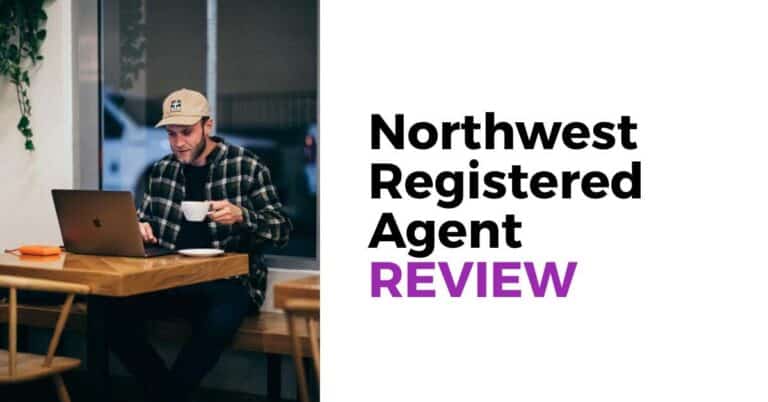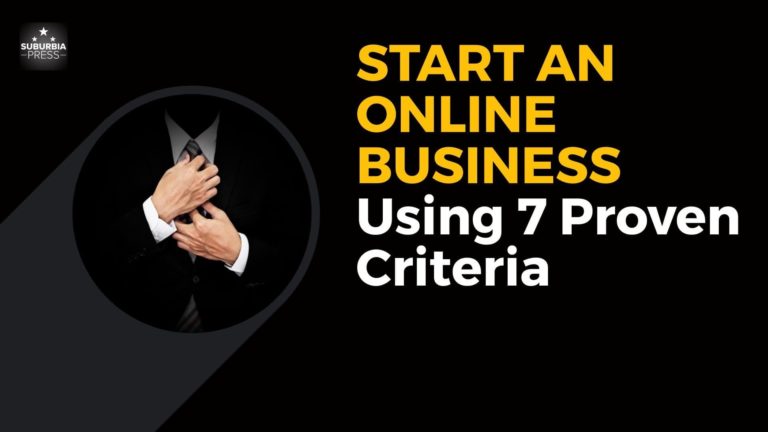5 Important Pages Every Blog Needs
Regardless of your blog’s niche, you have to take care of your readers. Here are five important pages every blog needs.
If you want people to come back to your blog or buy a product from you, it’s important to establish trust. The reader who just found your site from a search engine query doesn’t know anything about you or why she should do business with you.
That’s because of the unfortunate precedent set by a number of unscrupulous bloggers who preyed upon folks rather than working to engage them.
In the USA, the Federal Trade Commission established requirements for bloggers who peddle their influence in exchange for compensation.
Where do you place the Disclaimer statement? Here’s part of the FTC FAQ about the guides for bloggers:
As for where to place a disclaimer, the guiding principle is that it has to be clear and conspicuous. Putting disclosures in obscure places – for example, buried on an ABOUT US or GENERAL INFO page, behind a poorly labeled hyperlink or in a terms of service agreement – isn’t good enough. The average person who visits your site must be able to notice your disclosure, read it and understand it.
Five Pages Every Blog Needs
The issue goes a bit deeper than complying with the law, though. It’s simply good business and good human nature to let folks know how you operate your site.
You can create every page I mention below by yourself for free. However, I have affiliate links to some of the legal policy pages that you should strongly consider using. There’s no extra cost to you, but I may receive compensation if you decide to purchase based upon my recommendation.
Of course, why wouldn’t you want to save thousands of dollars using templates created by a Harvard educated attorney? In fact, you can get the Privacy Policy for free.
If you intend to build a website, make sure you include each of these pages.
1: About
One of the best ways to start earning your reader’s trust is to create an About page. Here’s an important concept to keep in mind, though.
The About page isn’t about you. It’s about what you can do for your reader. You need to demonstrate your authenticity as an author. Yes, talk about your own story. Just make sure that you mention things that are relevant to your ability to help your audience.
Remember that your content must be useful. If your blog is about woodworking, then tell the reader how you’re going to help them with their woodworking problems. It’s OK to share your experience to let them know you’re qualified. In fact, some testimonials or social proof helps persuade them that your site is one to visit over and over for woodworking advice!
Just make sure that it’s done in context. The information you share in your About page is to demonstrate authenticity and establish trust.
Context adds clarity.
2: Contact
One of the nice things about a blog is that you get to write what you want without interruption. This is your platform. Share your thoughts, experience, advice or art with the world.
Sometimes the world may want to reach back. Give them a conduit to do so.
Comments on individual blog posts are one way to start, but they aren’t always the appropriate tool for every message. A Contact page is a private channel from your reader to you and it doesn’t require you to share your email address.
Don’t be afraid of private contact! I’ve received business inquiries about the use of my photos and some wonderful testimonials through the Contact page on my photography blog.
Sometimes you may receive a request for help. If you can, help them. It’s a great way to create a raving fan who will spread the word about you and your site.
Never miss a chance to satisfy your guests. In fact, offer them incentive to ask you for help. Here’s my example.
I occasionally sell affiliate products on my blogs. When I do, I point out the fact that the link is for an affiliate relationship where I make a small commission at no additional cost.
Then I take it another step. I offer to support any product bought from an affiliate link on my blogs. If you buy from me, I stand behind the products I recommend.
Yes, recommend it. I don’t enter affiliate relationships if I don’t have experience with the product. I use the things that I share as an affiliate link, which is why I can make a recommendation with a clear conscience and provide support if needed. That’s because I know the vendor and the products I recommend.
If someone needs my help, all they have to do is visit my Contact page to reach me.
3: Privacy Policy

Every website collects information. There are logs of IP addresses that visit your site. Some people voluntarily provide information by registering for email updates or leaving comments.
That’s why your privacy policy is one of the pages every blog needs, but it’s often overlooked by new site owners.
WordPress Stats and Google Analytics can give you information about the kind of browser and operating system they used, what pages they visited on your site, and even geographic information about the user.
Some people never consider the footprint they leave when visiting a site. Others are paranoid about it. Creating a privacy policy lets your visitors know if, or how, you will use the information they leave behind.
If you allow advertising, such as Google’s AdSense, then a 3rd party may collect information about users in order to present them with pertinent advertisements and you won’t know anything about it. Even so, I address that possibility in my Privacy Policy page.
You can get a FREE Privacy Policy template from Bobby Klinck (the Harvard-educated attorney I mentioned earlier). Bobby believes that every website should have this Privacy template because it’s required by law in the United States. So he’s giving it away to help protect you.
4: Terms & Conditions
Your website is a place that people visit. Like most places open to the public, there are rules about what visitors may do or what they may not do.
Your Terms & Conditions page is where you lay out those rules. Providing these rules in your Terms & Conditions also offers you some protection. In this page, you declare what you provide and what you don’t provide.
If you have guests, for example, you can notify visitors that you don’t control the information they share regarding the truth or veracity of their claims.
Your Terms of Use can also specify your Refund Policy, Warranties, or how to settle disputes.
A good legal policy covers issues that you’d possibly never even consider on your own, but it can protect you from harassment and also inform your visitors of what they can expect.
5: Disclaimer Statement
A Disclaimer statement works with the Terms & Conditions policy page. I like to think of it as an assumption-buster. Your Disclaimer page tells people what your site doesn’t do, such as establish a client-professional relationship just because they read a post on your website.
It expresses whether you have any guarantees or not, whether your articles are advice or merely for information and entertainment purposes only.
Your Disclaimer page can disabuse people of any incorrect notions if you set it up correctly and is definitely one of the pages every blog needs. It can protect you.
The good news is that there are tools to help you construct a meaningful Disclaimer statement. I recommend the Website Policy Pack from Bobby Klinck for your legal protection.
Although a disclosure statement covers you for banner links and advertisements, you may need to provide more disclosure in reviews of products to show your relationship, if any.
The concern is consumer protection and letting them know the information about any relationship you have with the product you’re endorsing. It lets the reader decide if that relationship will impact the trust they place in your review.
It’s All About Building Trust
Adding these pages every blog needs does two things for you.
Be honest with your reviews and disclosures. That’s an essential component of establishing your authenticity and trust relationship with your readers. Be sure to add these five pages every blog needs to start building that relationship with its readers.














